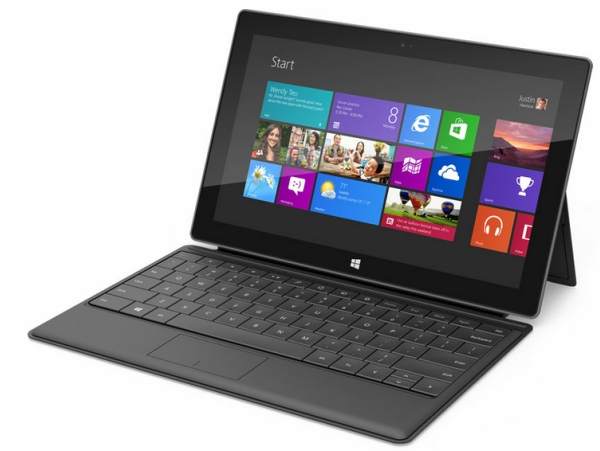Despite reservations from industry heavyweights such as Acer, HP, and Toshiba, Microsoft is moving ahead with its indigenously designed Windows 8 Surface tablet.
To be perfectly fair, Redmond has made a concerted effort to detail its Windows 8 RT tablet collaboration with a number of major players, including Asus, Dell, Lenovo and Samsung.

But that hasn’t stopped Microsoft from trying to grab its own share of the lucrative mobile market. As such, recent reports claiming Redmond is eyeing a $199 price point for its ARM-powered Surface tablet make a certain amount of sense.
First off, the Nvidia ARM Tegra processor powering the RISC-based Surface is likely to be more affordable and run cooler than its Intel x86 counterpart. Secondly, a $199 price point would target both Amazon’s Kindle Fire and Google’s Nexus 7.
Thirdly, the low price point would force other Windows 8 tablets to reduce their respective prices, ensuring that Microsoft’s flagship OS will have more than a decent chance of capturing significant tablet market share from Android devices and the higher-priced Apple iPad.
It goes without saying that most Windows 8 tablet vendors won’t exactly be pleased with a $199 price point and the subsequent losses they are bound to incur. But really, what choice does Microsoft have? The tablet space is currently dominated by Apple’s iPad, with Android devices gobbling up the remainder of the market.
An aggressive pricing strategy designed to capture as much initial market share as possible will likely benefit Microsoft and its partners in the long run. Remember, with the WinTel PC market stagnating, Redmond really can’t afford to kick back, sell a few hundred thousand Windows 8 tablets at a $600-$800 price point and concede the market to Android and iOS. It’s simply too late in the game for that sort of complacency.






